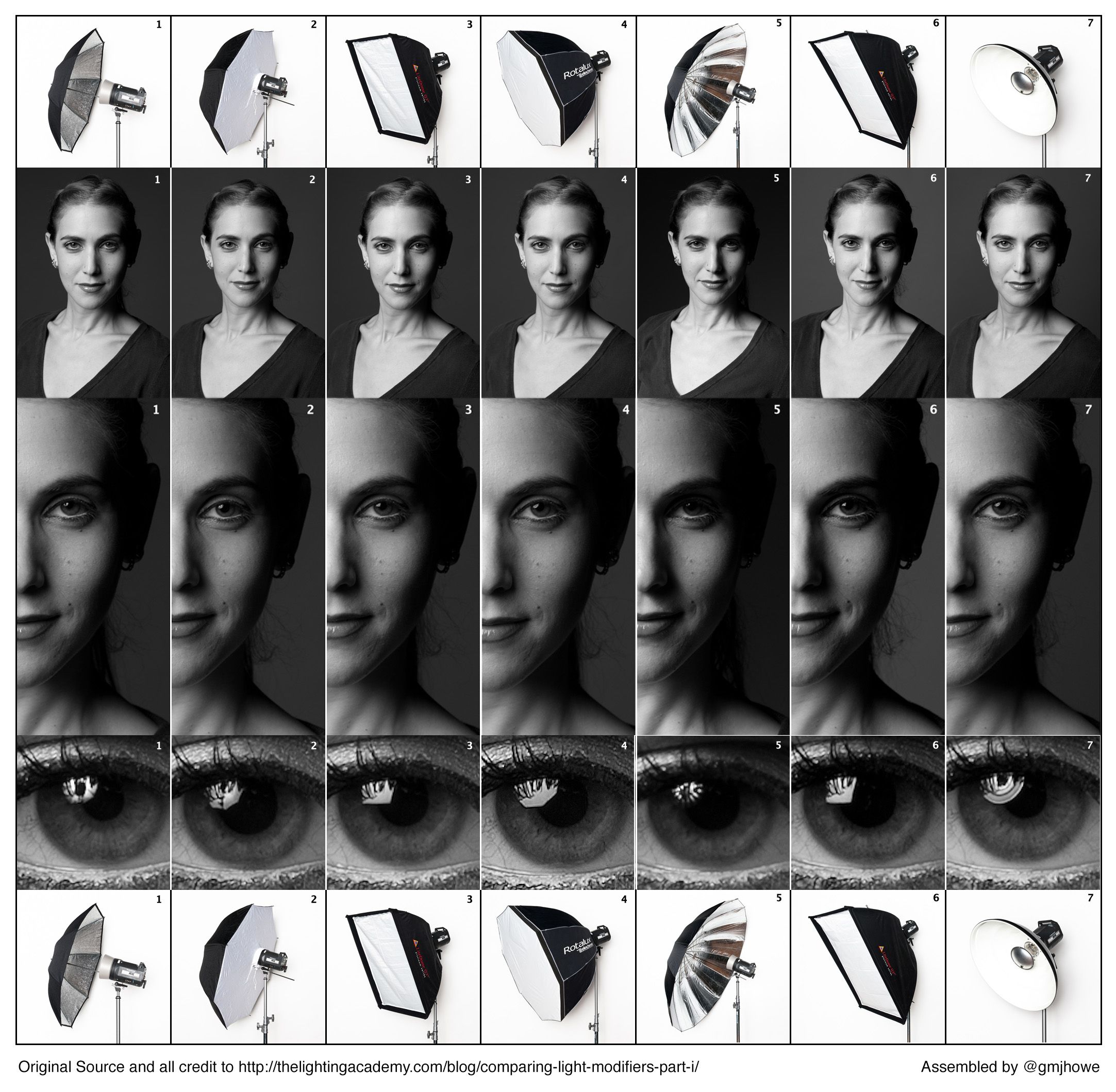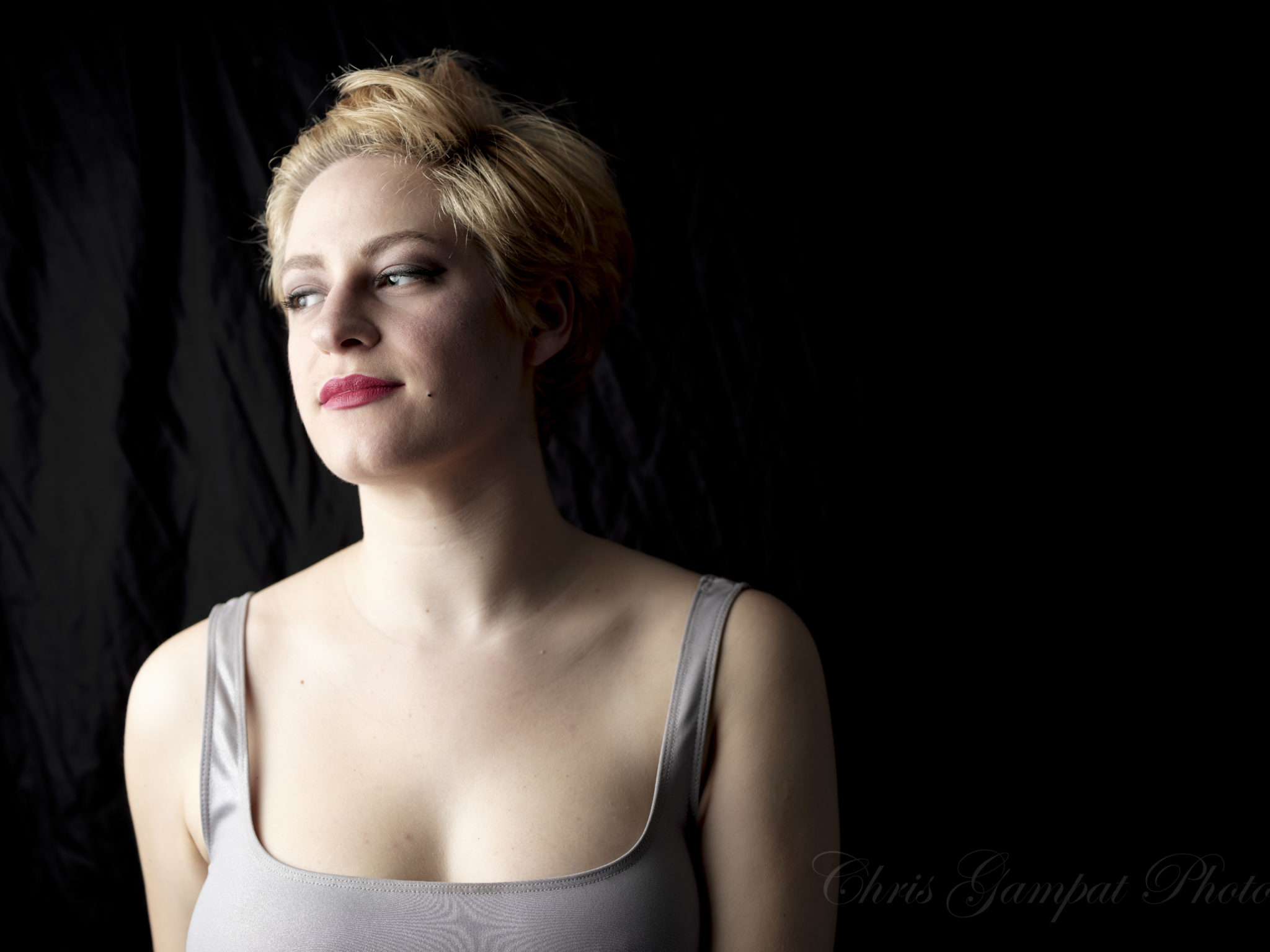Want to master studio setups for professional-looking portrait photography? You’ll have to begin by understanding how light modifiers work. Today’s handy photography cheat sheet will help you with just that!
Achieving the right lighting setup for the look you’re going for is essential to studio portrait work. At the heart of this are light modifiers. As the term suggests, they are used to shape, direct, increase, or soften the output of your light sources so you get the mood that you want for your shots. There’s no shortcut to professional lighting, but today’s cheat sheet makes a great visual guide for what each light modifier does.
You actually have a myriad of options for light modifiers. If you’ve seen our photography cheat sheet for essential pro lighting setups, you know that you can also use two or more light sources with modifiers to produce different lighting techniques. In the photography cheat sheet below we spotted (the sources aren’t available anymore, unfortunately), you’ll have an idea about how some of the most commonly used modifiers work with light.

The full image may not show it well, but each modifier shapes light differently, and thus have their own uses in the studio. The cheat sheet even shows how the specular highlights look based on the shape of the light modifier. The differences may look not much, but to the trained eye, these variations are enough to choose one modifier over the other. For example, silver-lined umbrellas produce brighter light compared to a softbox or an octobox, so you get more contrast in your photos. A softbox produces a more even and diffused lighting that spills some to the background, while beauty dishes and octoboxes are more directional narrow so the light wraps around the subjects. The sizes of these modifiers are also a factor in the quality of lighting they produce.
To help you understand this photography cheat sheet better, we also decided to throw in some videos for you to see them in action:
While you’re at it, don’t forget to check out our other learning resources on light modifiers!


